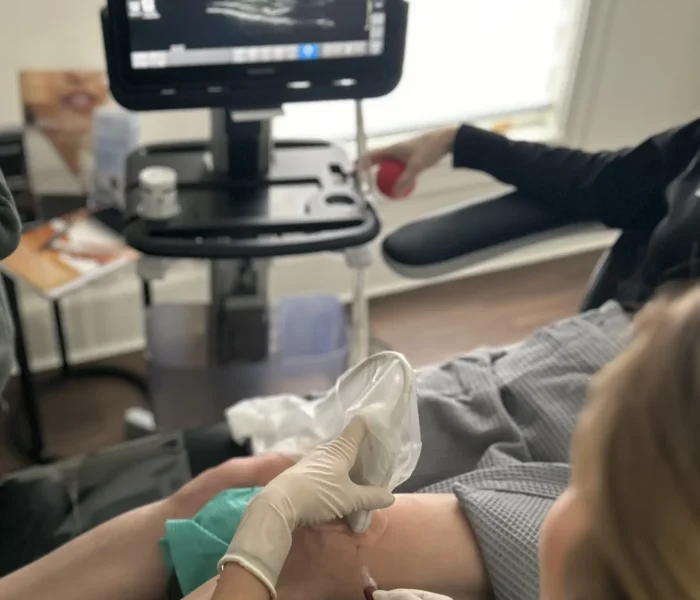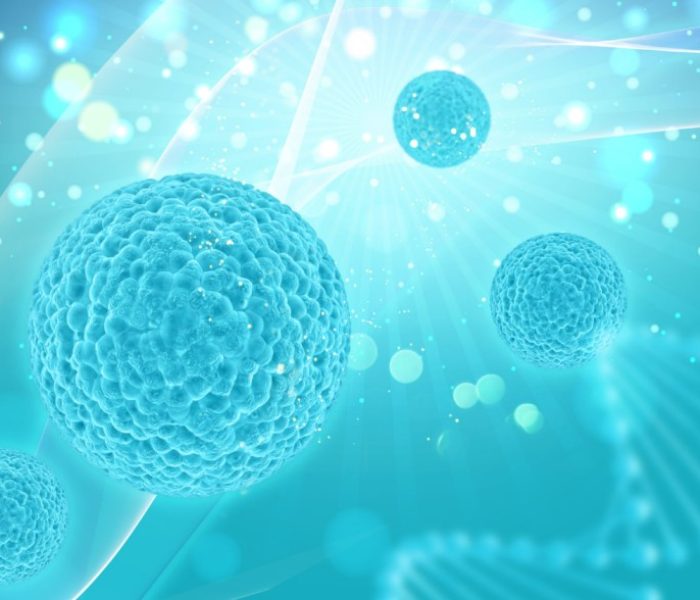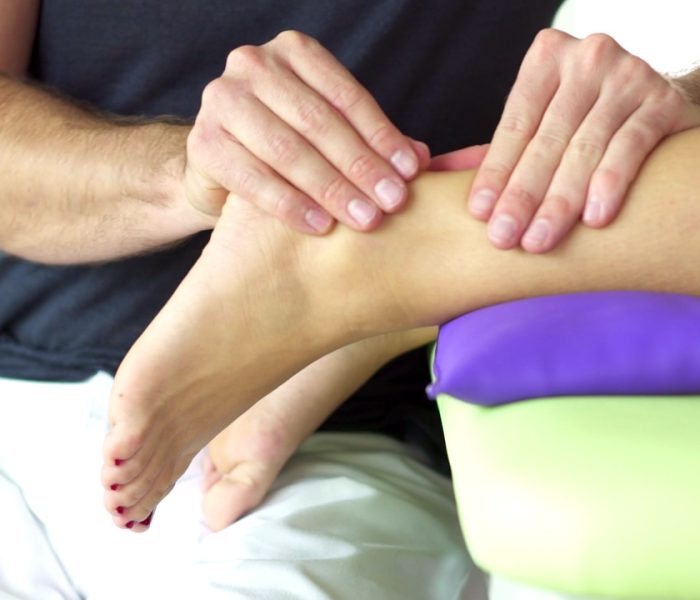PRP/PRF in Manchester, NH


Rejuvenation with PRP & PRF Therapy
Platelet-Rich Plasma (PRP) and Platelet-Rich Fibrin (PRF) are groundbreaking treatments in rejuvenating medicine, offering a range of applications from musculoskeletal healing to cosmetic restoration. A small amount of blood is drawn from the patient, which is then centrifuged to concentrate the platelets and growth factors. This concentrated solution is injected back into the patient’s problem areas to accelerate healing and tissue repair. PRF, on the other hand, is a more advanced form that involves a different processing technique, resulting in a thicker fibrin matrix rich in platelets, growth factors, and stem cells. This makes PRF particularly effective for more complex treatments, including dental procedures and advanced skin rejuvenation.
Whether you’re dealing with joint pain, hair loss, or signs of aging, PRP/PRF treatments offer a natural, effective solution. Results typically become noticeable within a few weeks and can last several months, depending on the treatment area and individual patient factors. If you’re interested in exploring the healing potential of PRP/PRF in Manchester, NH, book your appointment online at The Alchemy Clinic. Experience the future of medicine and unlock your body’s natural healing capabilities!
Areas It Treats:
- Joints and tendons
- Facial skin
- Scalp (for hair restoration)
- Soft tissue injuries
PRP/PRF
Natural and minimally invasive
Accelerates healing and tissue repair
Effective for both acute and chronic conditions
Suitable for various medical and cosmetic applications
Low risk of allergic reactions or complications
Long-lasting results
No downtime required
Customizable treatment plans
High patient satisfaction rates
Boosts collagen production for skin rejuvenation


NATURAL GROWTH FACTOR INJECTIONS FOR HAIR RESTORATION
People experience hair loss for a variety of reasons, some of which include hormone imbalances such as estrogen/testosterone or thyroid irregularities, stress (physical/physiological/mental) or trauma (pulling the hair and chemical or mechanical damage). However, the most common cause is genetics, also known as Androgenetic Alopecia (AGA); affecting up to 50% of men and 40% of women by the age of 50.
Similar to all other growth factor procedures, blood is drawn, and the plasma is separated from the whole blood. The growth factor serum is then injected into the scalp, where the hair thinning is most obvious. For optimal results, a series of 3-4 treatments are recommended, with continued maintenance twice a year thereafter. Additional medications may also be recommended to treat the root cause of hair thinning and loss.
know more
Number of Sessions
The number of sessions needed varies among individuals, but it's common to undergo multiple sessions (3 sessions spaced 4-6 weeks apart).
Results
Results can vary, and not everyone responds the same way to PRP therapy. Some individuals experience visible improvement in hair thickness and growth, while others may see more modest results.
Considerations
Combination with Other Treatments
PRP therapy is often used in conjunction with other hair restoration treatments, such as minoxidil or finasteride.
Maintenance Sessions
To maintain results, periodic maintenance sessions may be recommended.
Exosomes for Hair Growth
Exosome therapy for hair growth typically involves microneedling the scalp prior to exosome application and/or injection of the exosome into the scalp. The exosomes can help to promote the growth of new hair follicles and improve the overall health of existing hair follicles.




Tendon PRP
Here’s an overview of how PRP is commonly used for tendon-related issues:
Blood Collection
Centrifugation
Preparation of PRP
Injection
Mechanism of Action
Growth Factors
Anti-inflammatory Effects
Conditions Treated:
Tendonitis
PRP is used in the treatment of various types of tendonitis, including Achilles tendonitis, patellar tendonitis, and tennis elbow.
Tendon Tears
It may be considered for partial tendon tears or chronic tendon injuries.
Tendonopathies
Conditions like tendinopathy, where the tendon structure is disrupted, can be targeted with PRP therapy.